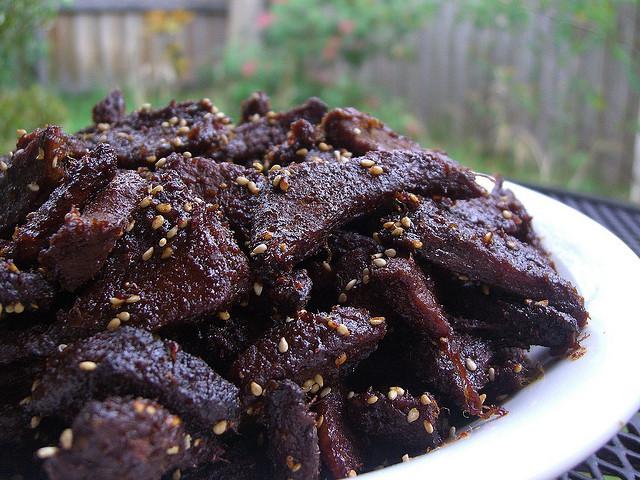Image by Flickr user ash-s
It seems that year after year we are confronted with more and more trinkets and 'stuff' that is often made in far away places. We seem to see more of this 'stuff' in December than any other time. Sadly, 'disposable' quality has almost become the norm. Many consumers are enamored by the low price tags and the convenience of use and toss.
But, I do think we are beginning to make a turn for the better. With the current economy and the growing interest in protecting our environment, many consumers are beginning to question the worth and origin of their purchases. They are considering the full life cycle cost of an item.
When shopping for gifts, please consider 5 important factors:
1. What is it made from?
2. Where is it made?
3. How is it packaged?
4. How long will it last?
5.What happens to it next?
Materials: Look for natural, non-toxic renewable or recycled materials. If Santa's elves were making something similar to it one hundred years ago, then it is probably made from natural, renewable materials. Recycled materials are a good choice as they reduce our net waste and the energy demands of manufacturing.
Geographic Source: Look for products made close to home. You'll support our local economy, and less energy will be required for the transport of finished products. Generally, there is also more accountability for product safety and quality when goods are produced close to home.
Packaging: When it comes to packaging, less is more. Ideally, there is no added product packaging or the package itself is reusable. For wrapping gifts, reusable gift bags are a great choice. Children might enjoy painting a picture that is then used to wrap a present. And, the comics are always a good, classic choice.
Longevity: The best gifts are made with exceptional quality to provide maximum enjoyment. Quality often costs more, but one well-made item might certainly provide more value than many, disposable trinkets.
Afterlife: What happens when the item reaches the end of its useful life? Can it be recycled? Can it be passed on for someone else to use and enjoy? Will it biodegrade? We should try to avoid products that lay in a landfill at the end of their lifespan.
Please visit DwellSmart for more information and green gift ideas.
